Home>Furniture & Design>Bathroom Accessories>How Much Does A Full Bathtub Weigh
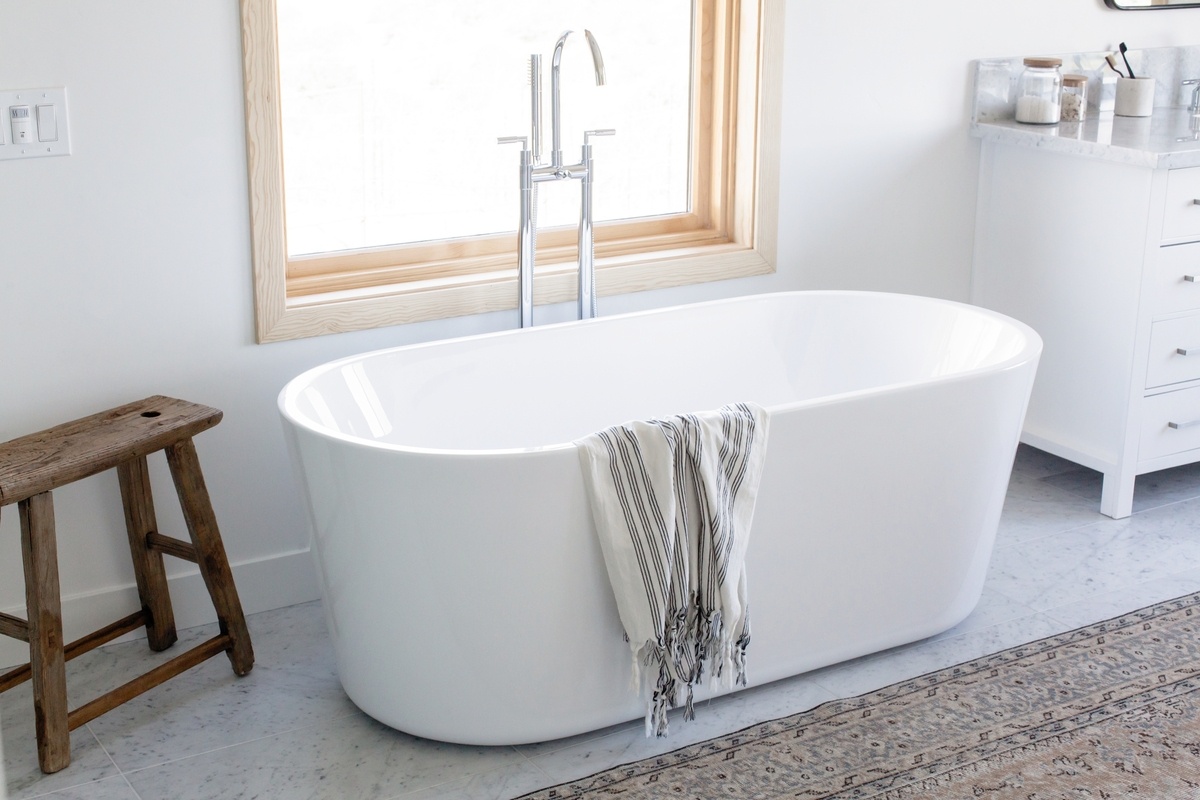

Bathroom Accessories
How Much Does A Full Bathtub Weigh
Modified: April 22, 2024
Discover the weight of a full bathtub and its impact on your bathroom accessories. Learn how to manage the weight effectively. Explore more bathroom tips!
(Many of the links in this article redirect to a specific reviewed product. Your purchase of these products through affiliate links helps to generate commission for Storables.com, at no extra cost. Learn more)
Introduction
When it comes to creating a relaxing and luxurious bathing experience, the bathtub is the focal point of any bathroom. However, have you ever wondered about the weight of a full bathtub? It's a question that may not cross our minds often, but understanding the weight of a full bathtub is crucial for several reasons. From installation considerations to the structural integrity of your bathroom, the weight of a full bathtub plays a significant role in the overall functionality and safety of your bathing space.
In this comprehensive guide, we will delve into the factors that influence the weight of a full bathtub, explore the average weight of different types of bathtubs, and discuss the implications of bathtub weight on bathroom floors. Whether you're planning a bathroom renovation or simply curious about the mechanics of this essential fixture, this article will provide valuable insights into an often overlooked aspect of bathroom design and maintenance.
Understanding the weight of a full bathtub is not only practical but also essential for ensuring that your bathroom remains a functional and secure space. So, let's embark on a journey to uncover the mysteries of bathtub weight and its impact on your bathing sanctuary.
Key Takeaways:
- Understanding the weight of a full bathtub is crucial for a safe and stable bathroom. Factors like material, size, and water capacity impact the weight, so choose wisely for a secure bathing space.
- The weight of a full bathtub can range from 400 to 700 pounds, depending on factors like material and size. Consider the impact on the bathroom floor for a durable and reliable bathing environment.
Read more: How Much Does An Acrylic Bathtub Weigh
Factors Affecting the Weight of a Full Bathtub
The weight of a full bathtub is influenced by various factors, each of which contributes to the overall load that the bathtub exerts on the bathroom floor and structure. Understanding these factors is crucial for homeowners, contractors, and designers, as it directly impacts the installation, maintenance, and long-term durability of the bathroom. Here are the key factors that affect the weight of a full bathtub:
-
Bathtub Material: The material of the bathtub significantly affects its weight when filled with water. Common bathtub materials include acrylic, fiberglass, cast iron, and steel. Cast iron bathtubs, known for their durability and heat retention, tend to be heavier compared to acrylic or fiberglass options. Similarly, steel bathtubs are also relatively heavy due to the nature of the material.
-
Bathtub Size and Shape: The dimensions and shape of the bathtub play a crucial role in determining its weight when filled. Larger and deeper bathtubs naturally hold more water, resulting in increased overall weight. Additionally, the shape of the bathtub, such as freestanding, alcove, or corner tubs, can impact the distribution of weight within the bathroom space.
-
Water Capacity: The volume of water that the bathtub can hold directly correlates to its weight when filled. Standard bathtubs typically hold between 40 to 60 gallons of water, while larger or custom-designed bathtubs can accommodate even greater volumes. The higher the water capacity, the heavier the bathtub will be when filled to capacity.
-
Support Structure: The support structure beneath the bathtub, including the framing, floor joists, and subfloor, plays a critical role in bearing the weight of the filled bathtub. The strength and integrity of the support structure are essential for ensuring that the combined weight of the bathtub and water is adequately distributed and supported.
-
Additional Features: Some bathtubs come equipped with additional features such as whirlpool jets, air jets, or built-in seating, which can add to the overall weight when filled with water. These features contribute to the complexity of the bathtub's weight distribution and require careful consideration during installation and maintenance.
By considering these factors, homeowners and professionals can make informed decisions regarding the selection, installation, and maintenance of bathtubs, ensuring that the weight of a full bathtub is managed effectively within the bathroom space.
Average Weight of a Full Bathtub
The average weight of a full bathtub is a crucial consideration for homeowners, contractors, and designers, as it directly impacts the structural integrity and functionality of the bathroom. Understanding the typical weight of different types of bathtubs when filled with water provides valuable insights into the load-bearing requirements and installation considerations.
On average, a standard bathtub filled to capacity with water weighs approximately 400 to 700 pounds (181 to 318 kilograms). This weight range encompasses the most commonly used bathtubs, including alcove, drop-in, and undermount models. The weight can vary based on factors such as the bathtub's material, size, and water capacity.
-
Bathtub Material: The material of the bathtub significantly influences its weight when filled with water. For instance, acrylic and fiberglass bathtubs are generally lighter compared to cast iron or steel options. A cast iron bathtub, known for its durability and heat retention, can weigh between 300 to 500 pounds when filled, while an acrylic bathtub may weigh between 75 to 150 pounds when filled to capacity.
-
Bathtub Size and Shape: The dimensions and shape of the bathtub play a pivotal role in determining its weight when filled. Larger and deeper bathtubs naturally hold more water, resulting in increased overall weight. A standard-sized bathtub, typically measuring 60 inches in length, 30 inches in width, and 14 to 20 inches in depth, can weigh around 400 to 700 pounds when filled with water.
-
Water Capacity: The volume of water that a bathtub can hold directly correlates to its weight when filled. Standard bathtubs typically hold between 40 to 60 gallons of water, contributing to the average weight range of 400 to 700 pounds. However, larger or custom-designed bathtubs with higher water capacities can exceed this range, weighing up to 800 pounds or more when filled to capacity.
By understanding the average weight of a full bathtub, individuals can make informed decisions regarding the selection, installation, and maintenance of bathtubs, ensuring that the weight is effectively managed within the bathroom space. This knowledge is essential for maintaining the safety, stability, and longevity of the bathroom environment.
Types of Bathtubs and Their Weight
The weight of a bathtub is influenced not only by its material and size but also by its specific type. Understanding the weight variations among different types of bathtubs is essential for homeowners, contractors, and designers as it directly impacts installation, structural requirements, and overall bathroom design. Let's explore the weight characteristics of various types of bathtubs:
Alcove Bathtubs
Alcove bathtubs, also known as recessed or three-wall alcove tubs, are designed to fit into a space enclosed by three walls, with the fourth side finished with an apron for easy installation. These bathtubs are typically made of materials such as acrylic, fiberglass, or enameled steel. When filled with water, a standard alcove bathtub, measuring 60 inches in length, 30 inches in width, and 14 to 20 inches in depth, can weigh between 400 to 700 pounds, depending on the material and water capacity.
Read more: How Much Does A Steel Bathtub Weigh
Freestanding Bathtubs
Freestanding bathtubs are a popular choice for creating a luxurious and visually striking focal point in the bathroom. These bathtubs come in various shapes, including oval, rectangular, and clawfoot designs, and are often made of materials such as acrylic, cast iron, or stone resin. The weight of a freestanding bathtub when filled with water can range from 300 to 800 pounds, depending on its size, shape, and material composition.
Drop-In Bathtubs
Drop-in bathtubs are installed by "dropping" them into a pre-built deck or platform, providing a seamless and customized look. These bathtubs are available in a wide range of sizes and shapes, and they are commonly constructed from durable materials such as acrylic, fiberglass, or enameled steel. The weight of a drop-in bathtub when filled with water varies based on its dimensions and material, typically falling within the range of 400 to 700 pounds for standard-sized models.
Clawfoot Bathtubs
Clawfoot bathtubs are renowned for their vintage charm and elegant aesthetic, featuring distinctive claw-shaped feet that elevate the tub above the floor. These bathtubs are often made of cast iron or acrylic and come in various lengths and depths. When filled with water, a standard clawfoot bathtub can weigh between 300 to 600 pounds, with cast iron models tending to be heavier compared to acrylic options.
By understanding the weight characteristics of different types of bathtubs, individuals can make informed decisions regarding the selection, installation, and maintenance of bathtubs, ensuring that the weight is effectively managed within the bathroom space. This knowledge is essential for maintaining the safety, stability, and longevity of the bathroom environment.
Impact of Weight on Bathroom Floors
The weight of a full bathtub has a significant impact on the structural integrity and stability of bathroom floors. As one of the primary load-bearing elements in a bathroom, the floor must effectively support the combined weight of the bathtub and the water it contains. Understanding the implications of bathtub weight on bathroom floors is crucial for homeowners, contractors, and designers, as it directly influences installation considerations, maintenance requirements, and long-term durability.
When a bathtub is filled with water, it exerts a substantial downward force on the bathroom floor. This force is distributed across the area of the bathtub's base, creating a concentrated load that must be supported by the underlying floor structure. The weight of the filled bathtub, in conjunction with the material and design of the floor, determines the floor's ability to withstand this load without experiencing structural issues such as sagging, cracking, or deformation.
The impact of bathtub weight on bathroom floors can be summarized as follows:
Read more: How Much Does A Clawfoot Bathtub Weigh
Structural Requirements
The weight of a full bathtub necessitates robust structural support within the bathroom floor. This includes the floor joists, subfloor, and any additional reinforcement required to accommodate the concentrated load imposed by the filled bathtub. Proper structural design and construction are essential for ensuring that the floor can effectively bear the weight without compromising its stability.
Material Considerations
The material composition of the bathroom floor plays a crucial role in determining its load-bearing capacity. Different flooring materials, such as tile, vinyl, wood, or concrete, have varying load-bearing limits and structural characteristics. It is imperative to select a flooring material that can withstand the weight of a full bathtub without experiencing excessive deflection or damage.
Installation Precautions
During the installation of a bathtub, particularly freestanding or clawfoot models, careful attention must be given to the floor preparation and support mechanisms. Ensuring that the floor is adequately reinforced and leveled to accommodate the weight of the filled bathtub is essential for preventing issues such as floor deflection or instability over time.
Maintenance and Inspection
Regular maintenance and inspection of the bathroom floor are essential for identifying any signs of stress or structural compromise due to the weight of the bathtub. This includes checking for floor deflection, cracks, or unevenness that may indicate inadequate support for the filled bathtub's weight.
By understanding the impact of bathtub weight on bathroom floors, individuals can make informed decisions regarding floor materials, structural requirements, and installation practices, ensuring that the floor can effectively support the weight of a full bathtub while maintaining its stability and longevity. This knowledge is essential for creating a safe, functional, and durable bathroom environment.
Read more: How Much Does A Full Hot Tub Weigh
Conclusion
In conclusion, the weight of a full bathtub is a critical consideration that significantly impacts the design, installation, and maintenance of bathroom spaces. By exploring the factors influencing bathtub weight, the average weight of different types of bathtubs, and the implications of bathtub weight on bathroom floors, we have gained valuable insights into the multifaceted nature of this essential fixture.
Understanding the weight of a full bathtub is not only practical but also essential for ensuring the safety, stability, and longevity of the bathroom environment. From the material and size of the bathtub to the structural requirements of the bathroom floor, every aspect of bathtub weight plays a pivotal role in creating a functional and secure bathing space.
As homeowners, contractors, and designers, it is crucial to consider the weight of a full bathtub when planning bathroom renovations or new construction projects. Selecting the appropriate bathtub type, material, and size based on the weight considerations ensures that the bathroom floor can effectively support the load without experiencing structural issues.
Moreover, the knowledge of bathtub weight empowers individuals to make informed decisions regarding installation practices, maintenance requirements, and long-term durability. By prioritizing the structural integrity of the bathroom floor and the load-bearing capacity of the support structure, potential issues related to the weight of a full bathtub can be mitigated, creating a safe and reliable bathing environment.
In essence, the weight of a full bathtub is not merely a numerical value but a fundamental aspect of bathroom design and functionality. By acknowledging its significance and integrating weight considerations into the decision-making process, individuals can create bathrooms that not only exude elegance and comfort but also prioritize safety, stability, and structural soundness.
Ultimately, the weight of a full bathtub serves as a cornerstone in the intricate tapestry of bathroom design, where practicality, aesthetics, and functionality converge to form a harmonious bathing sanctuary. Embracing this understanding empowers individuals to navigate the complexities of bathtub weight with confidence, ensuring that every aspect of the bathroom space is thoughtfully crafted and meticulously engineered for long-term performance and enjoyment.
Frequently Asked Questions about How Much Does A Full Bathtub Weigh
Was this page helpful?
At Storables.com, we guarantee accurate and reliable information. Our content, validated by Expert Board Contributors, is crafted following stringent Editorial Policies. We're committed to providing you with well-researched, expert-backed insights for all your informational needs.

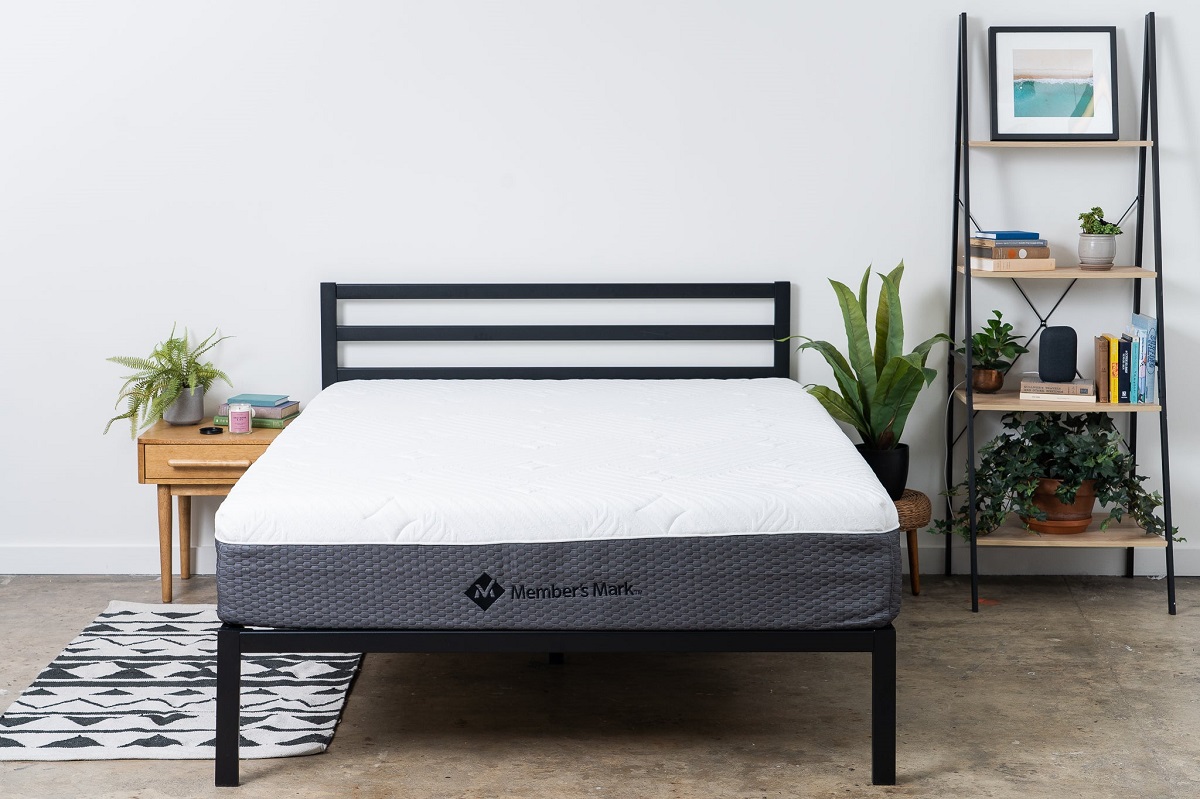
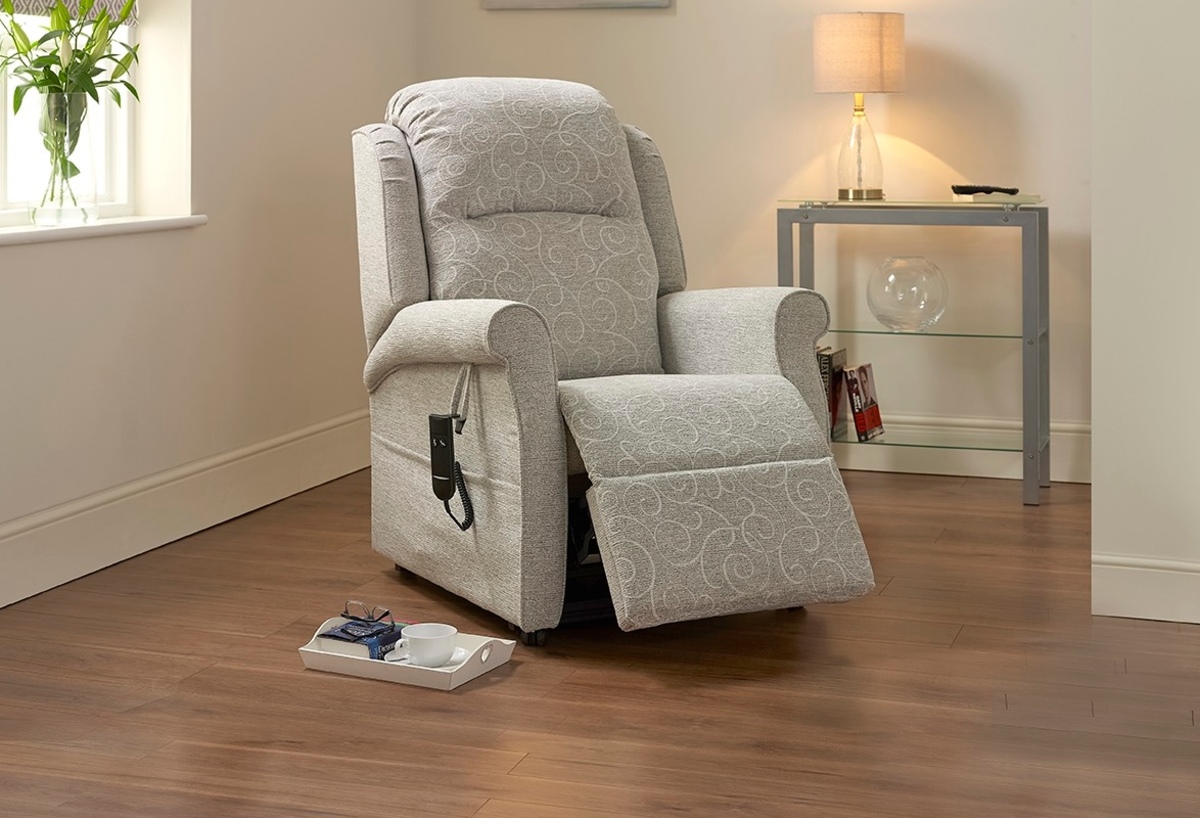
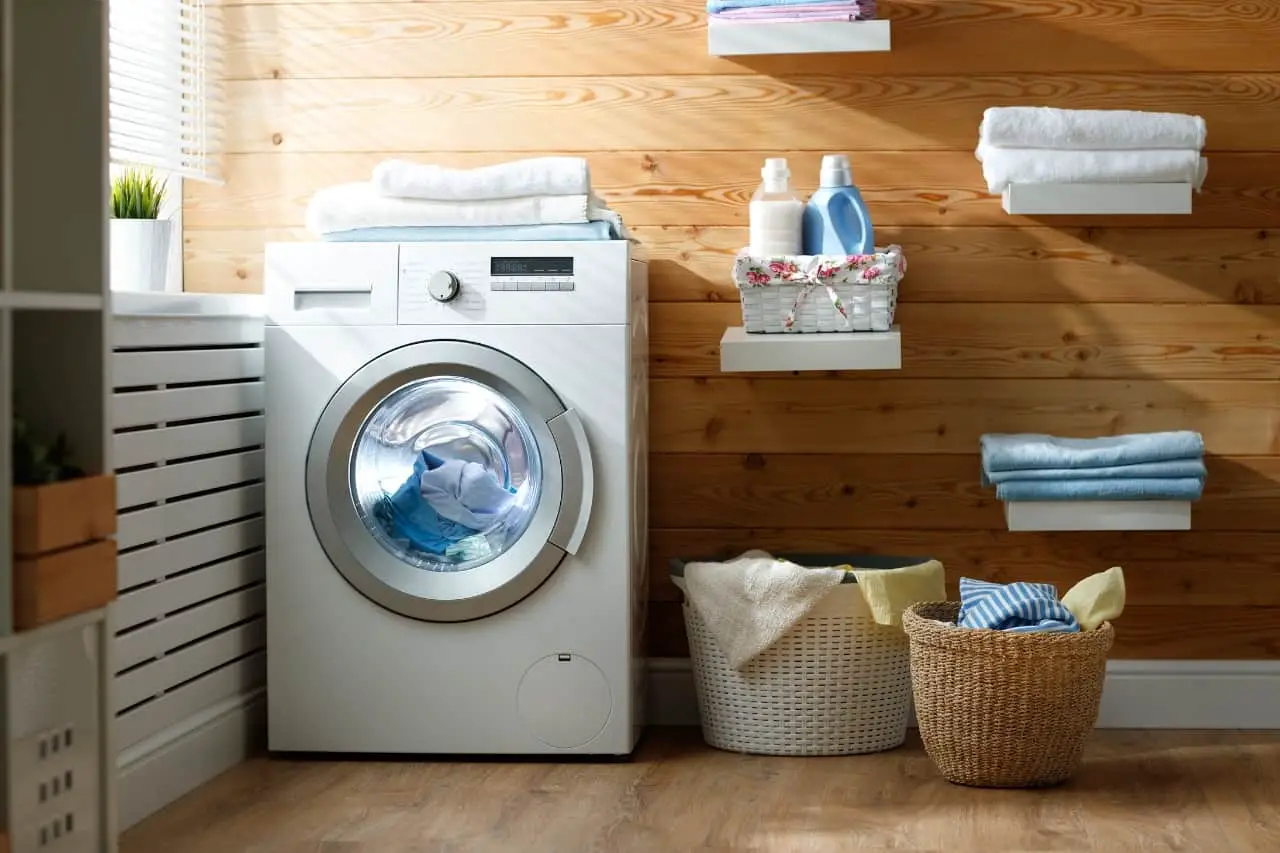





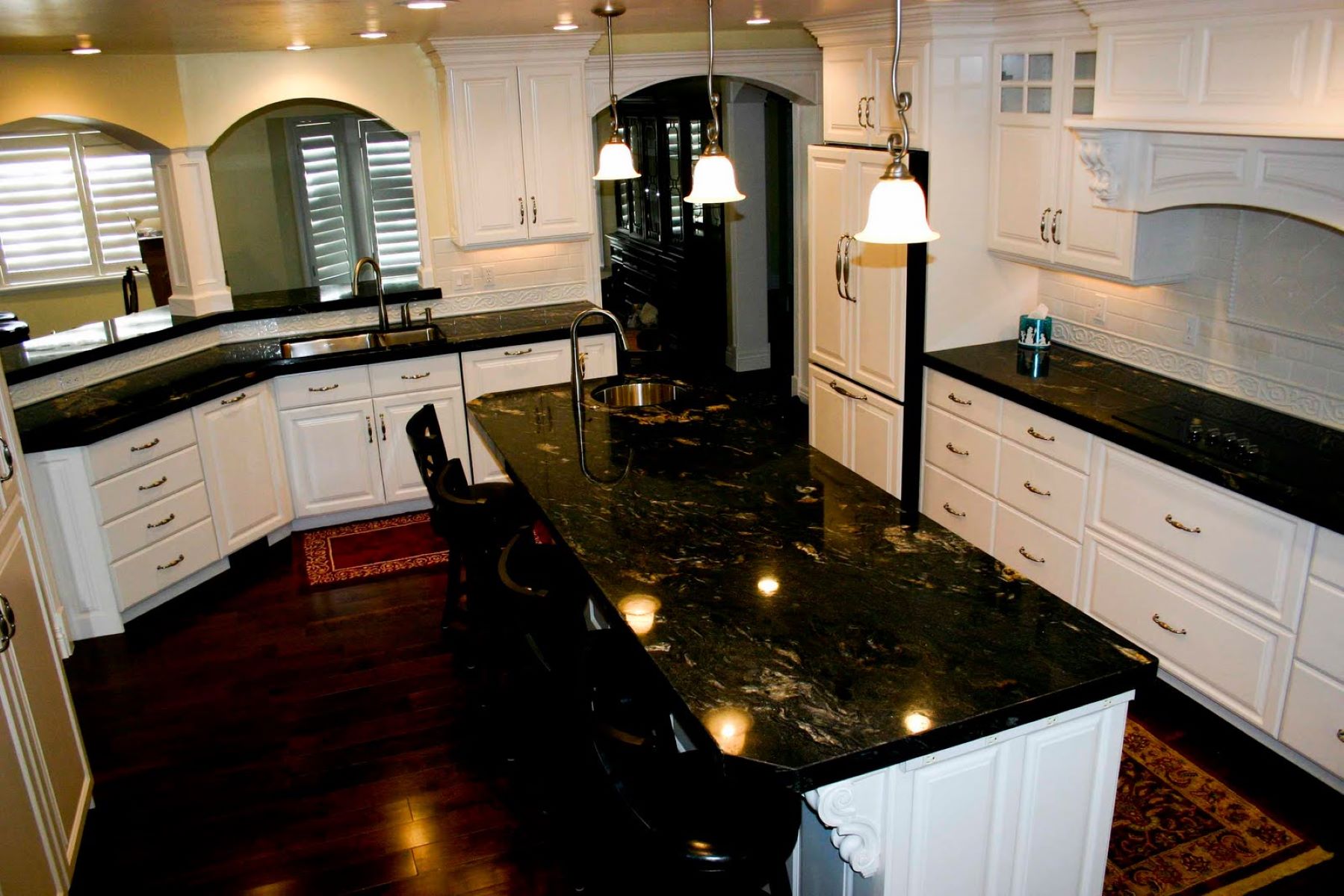
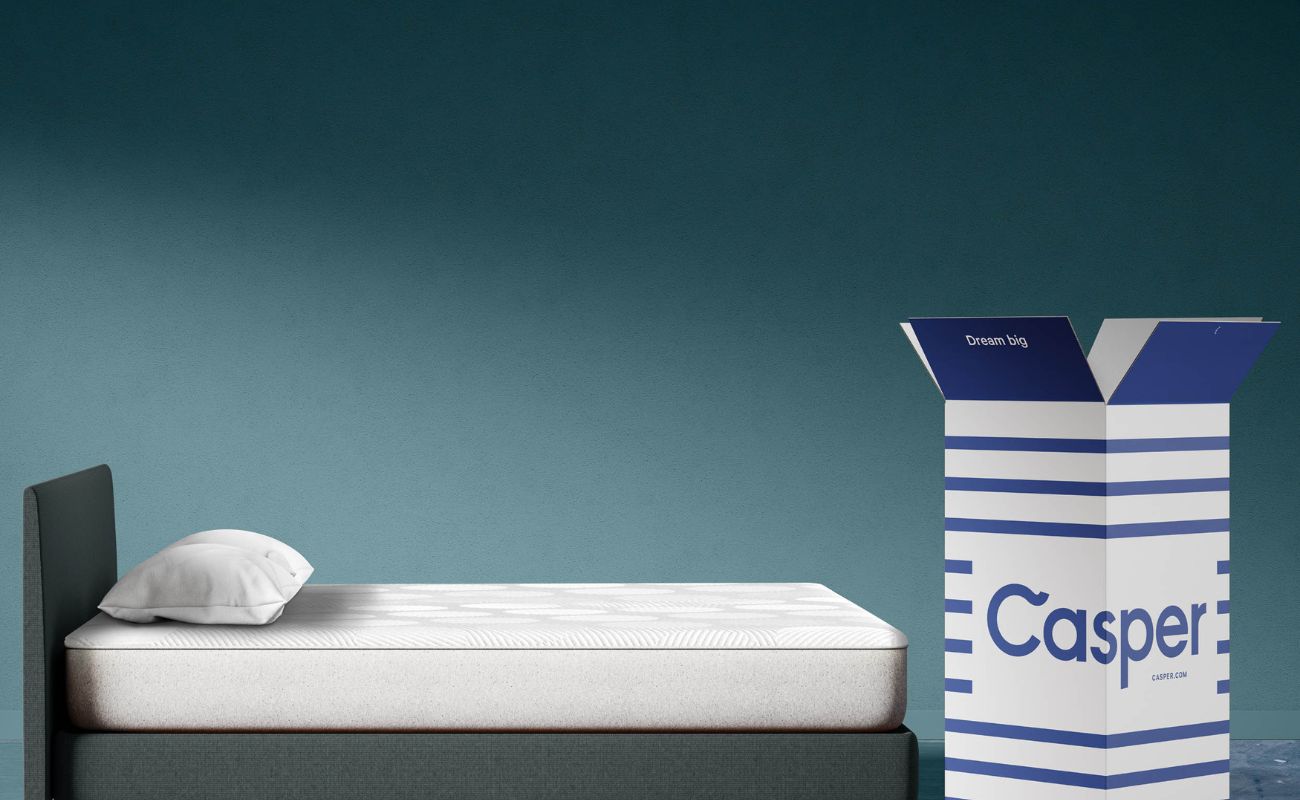
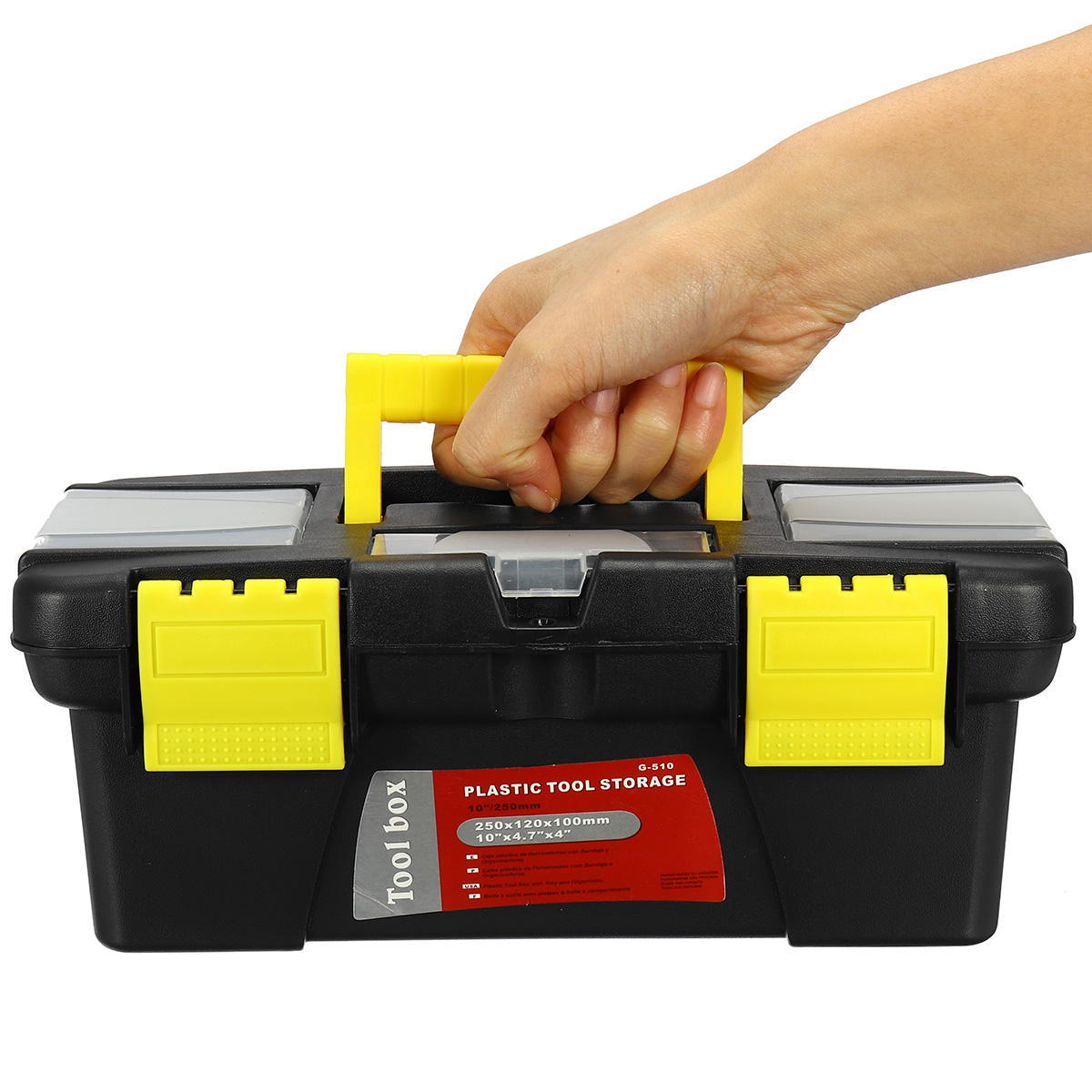

0 thoughts on “How Much Does A Full Bathtub Weigh”